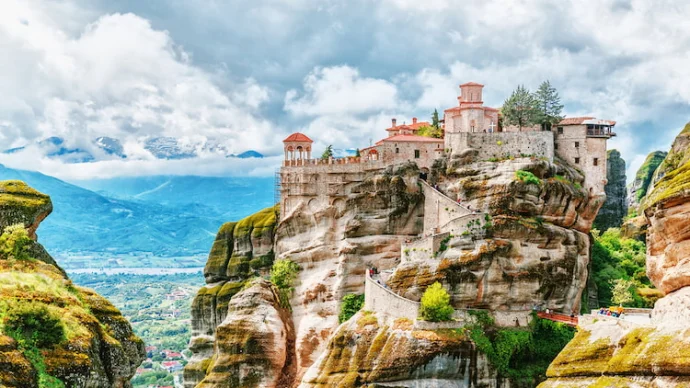
About Lappa Fulling Mill
Discovered by chance in 1994, the Lappa Fulling Mill on the idyllic Greek island of Crete is one of few fulling mills to survive, mainly because they were made of wood.
Lappa Fulling Mill history
Fulling is the process which makes loose woven cloth into the smooth, firm fabrics we are familiar with. Fulling mills were among the first mechanical developments and are referenced in the speech of Lysias, written in Athens in the 5th century BC. By the time of the Crusades in the 11th century AD, fulling mills could be found throughout the medieval world, believed to have spread across Europe during the 9th and 10th centuries.
However, as these mills were predominantly made of wood, few survive. Lappa Fulling Mill dates from the 17th century, during which Crete was ruled over by the Republic of Venice and conquered by the Ottomans. Yet the mill was only discovered by chance in 1994.
Lappa Fulling Mill today
Today, ancient Lappa sits atop the hills overlooking the Cretan Sea and makes for a lovely walk past multiple waterfalls up the hill to the ancient city which also boasts a Roman cemetery and gorge. Unfortunately, not much remains of the fulling mill apart from its stone foundations.
Getting to Lappa Fulling Mill
To find Lappa Fulling Mill, go to the lower village of Lappa and down to the bottom of the five taverns. Just before you get to the ford on your right is a stone building and the mill is in there.
Featured In

Greece Historic Sites
Alongside its contributions to philosophy, astrology, and medicine, Greece's sites from classical antiquity have stood the test of time. Here are 10 must-see sites for any visiting history enthusiast.




















